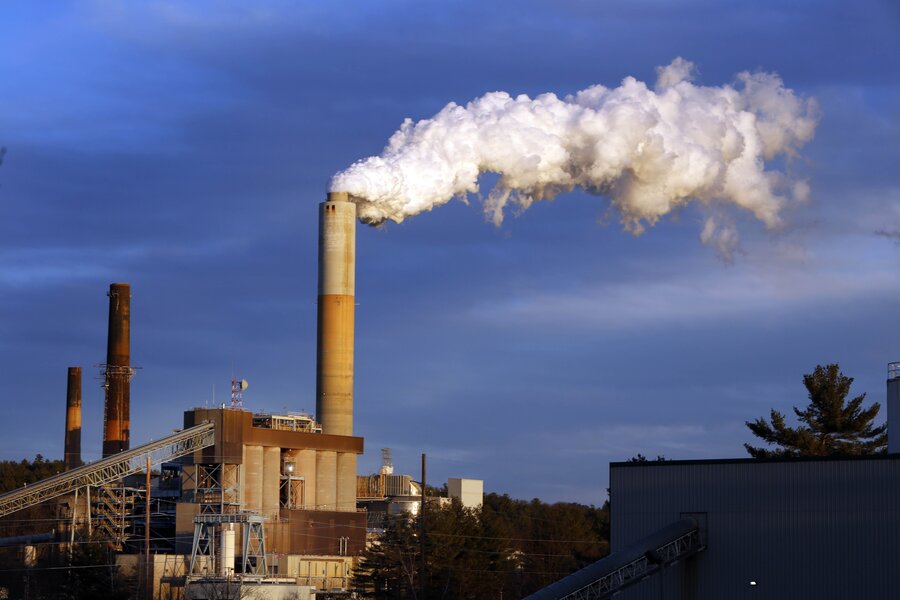How should government spend carbon tax revenues?
Loading...
The other day, a high-powered group of former senior Republican policy advisers and business executives proposed replacing regulations aimed at reducing greenhouse gases with a gradually increasing carbon tax starting at $40-a-ton. The tax itself is a fairly standard carbon levy that many others have endorsed. The two most interesting things about this initiative are who proposed it, and what they’d do with the money.
Members of the group, which was organized by the Climate Leadership Council, include a who’s who of the GOP policy establishment. They include James Baker and George Shultz, who served as secretaries of State and Treasury under Republican presidents (Baker was also chief of staff in two administrations), former Treasury Secretary Henry Paulson and former chairs of the Council of Economic Advisers Martin Feldstein and Greg Mankiw (full disclosure: Greg is a member of the Tax Policy Center's advisory board).
Such a levy would produce an enormous amount of money. The Congressional Budget Office estimates that a smaller tax ($25-a-ton) would raise $977 billion over the first 10 years. There are many ways government could use those dollars. The authors of the new plan, perhaps in an effort to reach out to moderates and progressives, proposed rebating all of it back to households. They figured that in the first year, a family of four would receive $500.
There are some good reasons to rebate at least some of these tax revenue. Since low-income consumers spend a larger share of their income than those with higher incomes, they’d be disproportionally hit by this higher tax on fossil fuel consumption. Not only would they pay the tax directly through their purchase of gasoline and most electricity (which often is produced by coal or natural gas), they’d also be taxed indirectly on the carbon context of everything else they buy (think about the energy used by the factories that produce the goods we consume).
A rebate (or a refundable tax credit) would soften the blow. When such a plan was proposed in Washington State last year, voters rejected it, in part because it was opposed by many environmental groups. They had other uses in mind for the money, including investment in environmentally-friendly energy sources, more regulation, and aid for low-income communities.
How else could government spend those funds? In a helpful 2016 paper, my TPC colleagues Donald Marron and Adele Morris described four broadly different uses for the money: offsetting the new burdens that a carbon tax places on consumers, producers, communities, and the overall economy; supporting further efforts to reduce greenhouse gas emissions; ameliorating the harms of climate change; and funding public priorities unrelated to climate such as reducing other taxes or reducing the budget deficit.
The first bucket could include not only the rebates in this new plan but also subsidies to coal mining communities that suffer economic losses from curbs on production of fossil fuels. Rebates could be a simply-designed per capita check or they could be more complex and, say, give bigger payments to lower income households.
The second might include more regulation or subsidies to encourage people to seek alternative energy sources such as solar panels or electric cars.
The third use of funds might be to assist those living in communities that have been damaged by climate change, such as coastal towns that face more frequent flooding.
The final use—one that is the subject of much interest these days-- might be to finance tax reform or buy down corporate or individual tax rates. Donald Marron and TPC’s Eric Toder have described in more detail how a carbon tax could help finance corporate tax reform.
The debate over a carbon tax is a long game given the remote chance that such an idea would win the support of President Trump or House Republicans. If the issue does get a serious look, the debate will focus on both the technical design of the tax and how revenues would be spent. Politics being what it is, such a tax would likely support some combination of other tax cuts and new program spending. The new proposal, which goes all-in on one use of the funds, is an example of the many options on the table.
This story originally appeared on TaxVox.





